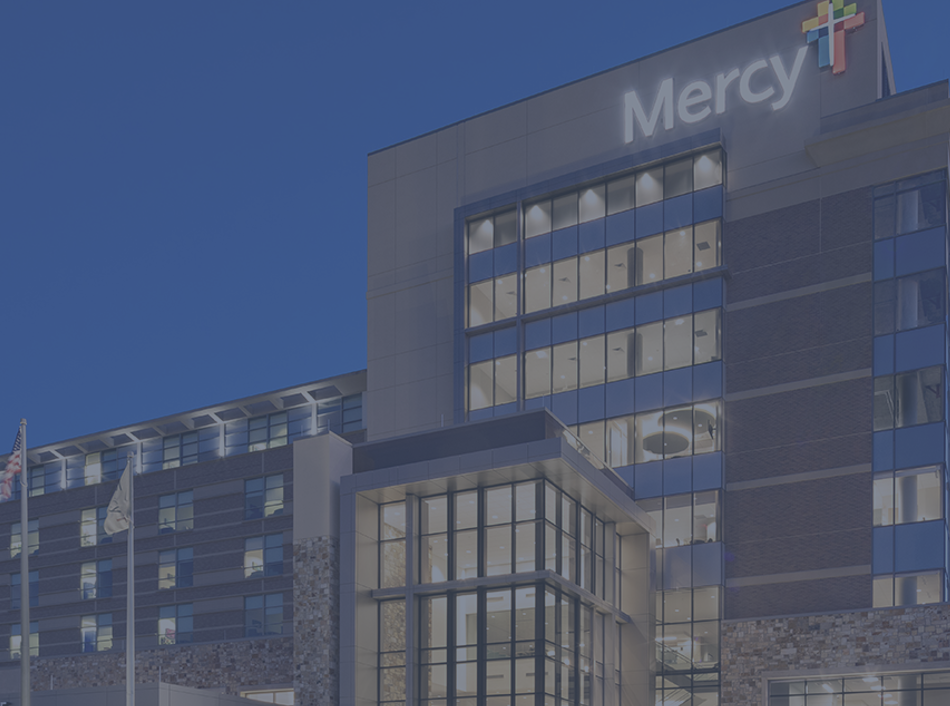#2020Trends: Rx Price Pressure
Before I jump into my fifth trend to watch for in 2020, I wanted to take a minute to sincerely thank our clients and all healthcare frontline workers who are working long shifts and risking their lives to keep us safe from the Coronavirus pandemic. None of us have ever seen anything like this before and are faced with unprecedented challenges to deal with this pandemic. My deepest gratitude to all the healthcare frontline workers both in direct patient care and supporting roles for their selfless hard work to care for people in this time of crisis.
The last post in my new blog series about 2020 trends in healthcare centered on my expectations for (continued) growth in the Medicare Advantage market. This week, the attention turns to the pharmaceutical industry, where I believe increasing pressure around Rx pricing is about to reach a boiling point.
The Road to Reeling Prices
Not long ago, prescription drug pricing in the US mirrored that of comparable countries. But as a flood of new and expensive drugs began to hit the market in the late ‘90’s, a perfect storm of co-factors (rapid-fire FDA approvals, relaxed regulations on pharmaceutical advertising, etc.) caused US spending to triple between 1997 and 2007. Thanks to another boom of expensive, specialty drugs in 2014 and the expansion of insurance coverage following passage of the ACA, American annual spending on prescriptions reached $1044 per person by 2018.
At this rate, according to Office of Actuary in Centers for Medicare and Medicaid Services (CMS) net total spending on prescription drugs is expected to reach $405-$435B by 2023, up from $344B in 2018. From 2020-2027 prescription drugs spending is projected to grow on an average of approximately 6% annually, outpacing growth in all other major sectors in healthcare. Another analysis from America Health Insurance Plan (AHIP) in 2018 concluded that 23.3% of the healthcare dollar spend goes to pay for prescription drugs—an amount higher than any other spend category. The growth in spending can be attributed primarily to new drugs – especially specialty drugs with higher prices than previously seen.

Patients are Feeling the Pain
In the same way that the post-ACA surge in high deductible health plans contributed to the heightened patient sensitivity around price and quality that is driving the “retailization” of care trend, it has also left patients vulnerable to the pain of rising Rx prices, both physically and financially. Patient out-of-pocket costs have been rising right alongside the larger trends in spending, from $56B in 2014 to $61B in 2018. In tandem, abandonment rates for written prescriptions have reached 31.2% in commercial insurance and 27.1% for Medicare patients when the out-of-pocket expenses rises above $50. Any way you slice it, the state of the prescription drug industry in the US is an increasingly critical factor affecting health outcomes of Americans.
The Push for Price Transparency
Historically, market response to rising Rx prices has been slow but in the last several years powerful forces have started to align. One such force is the growing demand for drug price transparency. In May 2018, the Trump administration introduced the Patient First BluePrint that would require drug manufacturers to disclose list prices on TV ads for drugs. Ultimately, the courts ruled that HHS didn’t have authority to mandate that change but the momentum for transparency continues to build. At this point, 22 states have introduced legislation promoting greater transparency from drug manufacturers around their pricing methods, with more poised to join the ranks.
Specialty Pharmacy Strategies
Many of the drugs produced in the last ten years have been focused on chronic and complex diseases that affect a relatively small patient population. Most of these specialty drugs are high cost but also high impact – many of them curative or life-saving treatments. These specialty drugs account for a large percentage of the price increases we’ve seen across-the-board in that time-span. According to CVS Health, by 2020 spending in this category will account for 55% of prescription drug spending in US vs. 19% in 2010. As a result, many payors are beginning to develop new strategies to manage costs for this class of drugs, including increases in pre-authorization requirements, tighter limits on which specialty drugs will be covered and where and how patients can receive them. Simultaneously, there is also a need to come up with alternative financing models to pay for these high priced specialty drugs over time or use alternative strategies to be able to manage costs.
The approach of the insurance plan for Utah government employees serves as an example of the evolving strategies that are emerging in the marketplace. Members taking one or more of 13 specialty drugs identified by the program are eligible travel to Vancouver, Canada or Tijuana, Mexico to buy their prescriptions. The state health insurance plan covers the cost of airfare, transportation to and from the airport and lodging, if necessary—in addition to a $500 cash bonus for making the trip. Though only a handful of patients are using the program, the insurer is saving hundreds of thousands of dollars a year on their care.
Shifting from Volume to Value
Much of the spending deferential on pharmaceuticals between the US and other comparable countries can be attributed to our lack of widespread policies to limit drug prices. For example, except in rare cases, the UK will pay for new drugs only when their effectiveness is high relative to their prices. We’re beginning to see a similar shift to value-based arrangements emerge here in the US. Take Luxturna for example, the curative gene therapy for individuals with inherited retinal disease has a wholesale price of $425,000 per eye. However, Luxturna's manufacturer Spark Therapeutics announced that it will pay rebates if patient outcomes failed to reach predetermined thresholds for short term efficacy and long term outcomes. The 2017 collaboration between Amgen and Humana to facilitate research on real-world evidence is another excellent example. That program has since expanded with other Cancer Institutes, Cancer Centers and Universities to enhance cancer symptom management support via connected technologies. Even if early efforts like these don’t spark rapid change in the industry, they are a sign that things are moving to a widespread, value-based structure.
The End is in Sight
Think you know what my last prediction for #2020trends will be? Check back next week and see if you’re right (or download the full webinar and settle it right now)!





